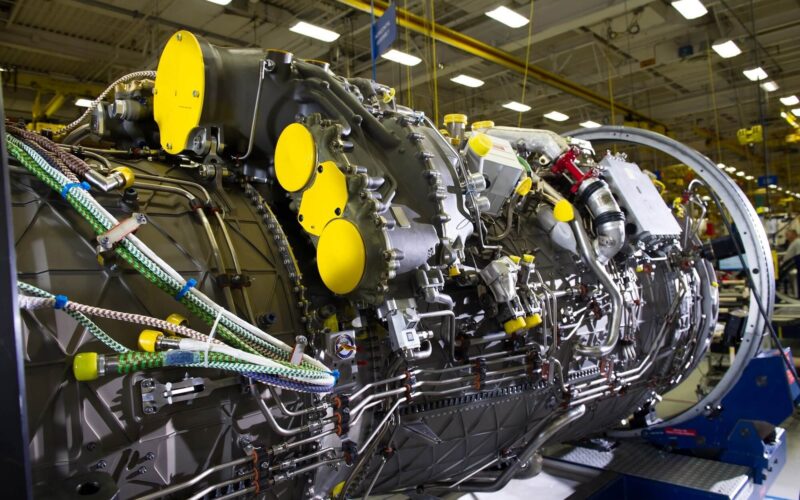The F-35 Lightning II Joint Program Office (JPO) has announced its intention to issue follow-on contract actions to Raytheon Technologies Corporation (RTX) and its subsidiary Pratt & Whitney Military Engines (P&W) for the F135 Engine Core Upgrade (ECU).
The contract, set to span from the second quarter of fiscal year 2024 to the end of calendar year 2031, aims to enhance the F135 engine, which powers all variants of the F-35 Lightning II fighter jet: the F-35A, F-35B, and F-35C.
“The anticipated contract actions will provide F135 ECU design maturation, test article manufacturing and development, test asset procurement, validation and verification activities, weapon system integration for air system capabilities, test equipment procurements, and developmental hardware procurements,” the US Department of Defense said in a contract notice.
The F135 ECU project, previously known as the Engine Enhancement Program (EEP), focuses on improving the electrical power and onboard cooling capacity to meet the energy requirements of the future F-35 Block 4. Pratt & Whitney also estimates that upgrading the F135 engine will save billions in maintenance costs, with an evaluated $4 billion in additional maintenance expenses without the ECU.
Two options were under consideration: Pratt & Whitney’s improved F-135 engine and GE Aviation’s XA-100, an adaptive cycle engine developed as part of the Adaptive Engine Transition Program (AETP).
In March 2023, Secretary of the United States Air Force, Frank Kendall, announced the selection of the enhanced F-135 engine over the XA-100. This choice stemmed from apprehensions about the XA-100’s expense and uncertainties regarding its suitability for all F-35 variants. Kendall stressed that incorporating the XA-100 engine into the F-35B STOVL variant utilized by the US Marine Corps may pose significant challenges or even prove unfeasible.
However, a few months later, the debate was briefly reopened by Greg Ulmer, the Executive Vice-President of Lockheed Martin, who expressed his support for equipping the advanced fighter jet with an AETP-type engine.
RTX also plans an upgrade to the current Power and Thermal Management System or PTMS of the aircraft to reduce bleed air and improve engine efficiency and usage. Its solution is called the Enhanced Power and Cooling System or EPACS, and builds on the experience of Collins Aerospace, another Raytheon subsidiary, in thermal management and power generation. RTX announced the successful lab demonstration of the EPACS during the Paris Air Show 2023.
“We were trying to look how far we can push the machine. We pushed to 2.5 times the current cooling rate,” Henry Brooks, President of Power & Controls at Collins Aerospace, said in a briefing during the Paris Air Show 2023. “The idea was to solve if we can create a system that can play its role for the remainder of the aircraft’s service life.”
However again, RTX will have to convince the US Department of Defense. Honeywell, which manufactured the original PTMS, is also working on an upgrade which, as it is based on the existing design, should be more cost-savvy than the EPACS.

